Los Angeles Dodgers Home | If You Go … | Dodgertown | 2026 Schedule | Minor-League Schedule | Roster
| CAMELBACK RANCH – GLENDALE |
| Capacity | 13,000 |
| Year Opened | 2009 |
| Dimensions | 345L, 385LC, 410C, 385R, 345R |
| Surface | Grass |
| Local Airport | Phoenix |
| Ticket Prices | $36-$84 |
| Tickets on Sale | Now |
| Ticket Line | 623/302-5099 |
| Ticket Web Site | dodgers.com or camelbackranchbaseball.com |
| Address | 10710 W. Camelback Rd., Phoenix, AZ 85037 |
| Directions | Take I-10 or I-17 to Loop 101 (Agua Fria Freeway). Take Loop 101 West, if traveling on I-17, or Loop 101 North if traveling on I-10. From Loop 101, exit Camelback Road west (exit 5). Camelback Ranch is approximately one mile down on the north side of Camelback Road. |
You can’t talk about Dodgers spring training without talking about Vero Beach’s Dodgertown, once the most storied spring-training site in the Grapefruit League and certainly the most historic. The Dodgers trained for 60 years in Vero Beach, attracted to the area by Bud Holman, a local entrepreneur and director of Eastern Air Lines, who persuaded Buzzy Bavasi (then the farm director of the Brooklyn Dodgers) to consolidate spring training for the Dodgers and their 30+ farm teams. The city of Vero Beach wasn’t sure this was a good idea — as a matter of fact, the city refused to put in a swimming pool that Holman requested — so technically the Dodgers contracted with Holman, who in turn leased the land from the city.
The first Dodgertown in 1948 wasn’t at the same location as the current Dodgertown: it wasn’t until 1952 that the current Dodgertown and Holman Field were developed by the city of Vero Beach. And 1948 wasn’t a full spring training; about 600 players worked out in Vero Beach after beginning spring training in the Dominican Republic. The year 1949 saw the entire Dodger team spending the entirety of spring training in Dodgertown.
The Dodgers were so pleased with spring training in Dodgertown that by 1952 the Dodgers signed a 21-year lease with the city of Vero Beach for a true Dodgertown at a former Naval air base, the site of the present Dodgertown. As part of the lease, the Dodgers agreed that the entire major-league club and 50 percent of the Dodgers’ farm teams would train in Vero Beach. The players were put up in former Naval barracks.
 | The main streets in Dodgertown are named after team greats. |
The Dodgers then furthered their commitment a few months later by investing $100,000 in a new stadium, named Holman Stadium; 1,500 steel chairs were brought from Ebbets Field in Brooklyn when the stadium was constructed. The Dodgers have been training in Dodgertown and playing in Holman ever since.
By 1972 the Dodgers had torn down most of former barracks and constructed 90 villas, which are still in use. In 1974 the Dodgers constructed a 23,000-square-foot administration building, which included clubhouses, dining room, broadcasting studio, lounge, media room, training rooms, and more.
Holman Stadium has an impressive lineage: it was designed by Norman Bel Geddes (designer of the Futurama building at the 1964 New York World’s Fair) and engineered by Captain Emil Praeger, who also engineered Dodger Stadium in Los Angeles and Shea Stadium in Queens. It remained largely unchanged until 1984, when all the stadium seating was removed and replaced with 6,474 chair-back seats. Architecturally, there’s really not much to the stadium: the seating area is only 17 rows deep, and a small grandstand is used mainly as a press box. The Dodgers prided themselves on focusing on baseball and building a team in spring training; there are no ads in the outfield at Holman Stadium, there are no dugouts (only benches, so the players are always in plain sight), and there are relatively few concession stands for a stadium of this size.
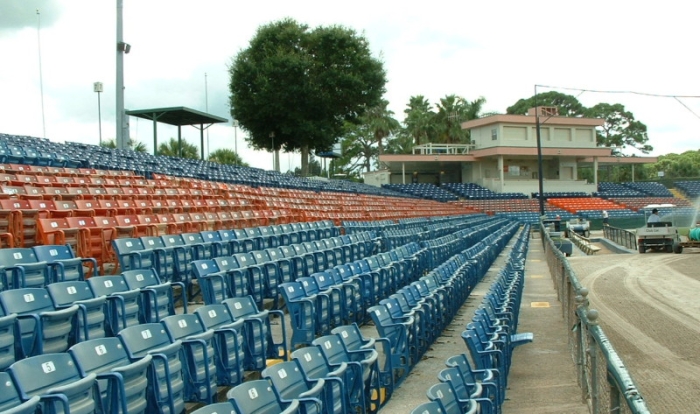
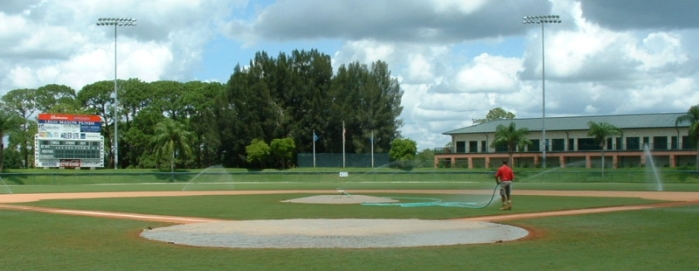
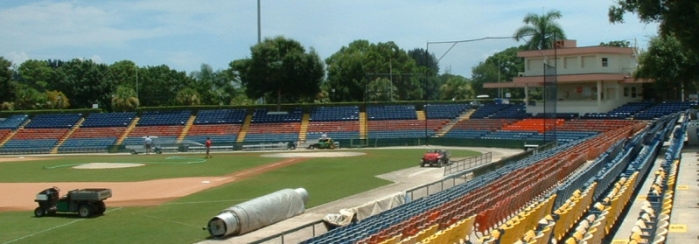
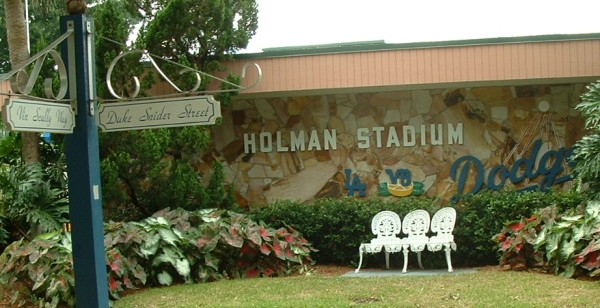
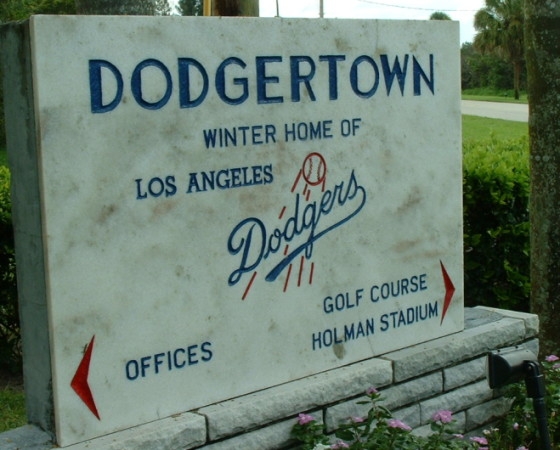
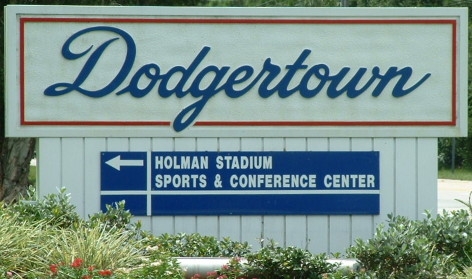
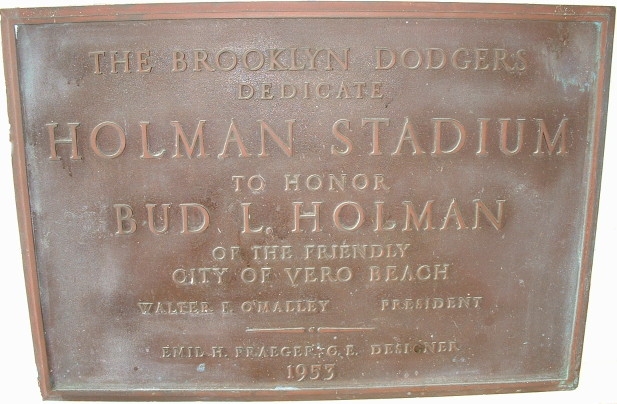
To receive spring-training information and schedule updates via email, please sign up for the Spring Training Online email newsletter.
Los Angeles Dodgers Home | If You Go … | Dodgertown | 2026 Schedule | Minor-League Schedule | Roster
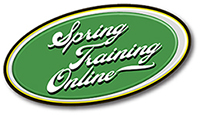
Comments are closed.